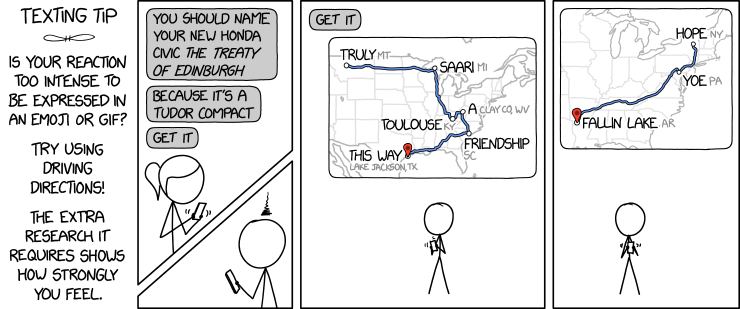
Another interactive map tracking novel coronavirus infections, this one from University of Washington geographer Bo Zhao. Like the Johns Hopkins map (previously), it compiles information from multiple sources.
The country-level data is collected from WHO, while the data of each province in China is collected from multiple sources such as China’s NHC, Mapmiao and Baidu. Notably, we also refer to CDC to verify the virus spreading status in the U.S. To make a timely data and map updates, we collect the data every 4 hours, and verify the data quality per day. In addition, we plan to provide finer-scale data from China (the county level), U.S. (the state level) and Canada (the province level) in the next version.
More at UW News. [Geography Realm]
Previously: Tracking the Wuhan Coronavirus; The Washington Post Maps the Spread of the New Coronavirus.

 Belatedly noted, thanks to
Belatedly noted, thanks to  Antiquarian map and rare book dealer Kenneth Nebenzahl died last month at the age of 92,
Antiquarian map and rare book dealer Kenneth Nebenzahl died last month at the age of 92, 



 Britain had the Ordnance Survey, France the Cassini family. Japan had
Britain had the Ordnance Survey, France the Cassini family. Japan had 


